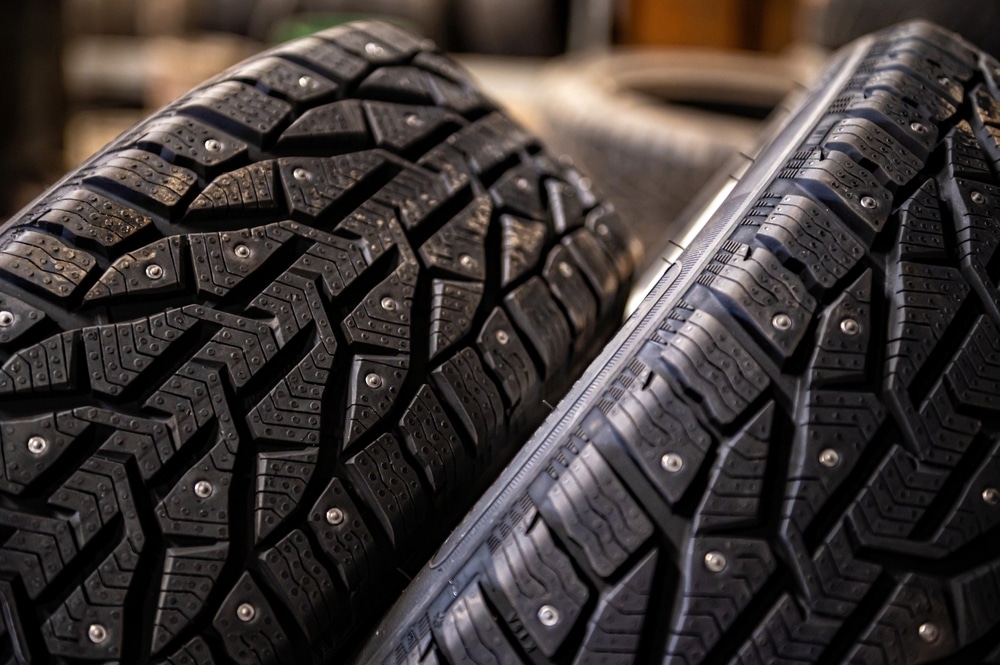When winter hits and roads become icy, drivers often look for the best options to maintain safety and traction. Studded tires are one popular solution, designed to improve grip on ice and hard-packed snow. In this article, we’ll explore what studded tires are, their advantages and disadvantages, and help you determine if they are necessary for your winter driving.
What are Studded Tires?
Studded tires are specially designed for winter driving conditions. They have metal studs embedded within the tread. These small, sharp pieces of metal are intended to dig into ice, providing increased traction. Studded tires are typically used in severe winter climates where roads are frequently icy.
Benefits of Studded Tires
Enhanced Traction on Ice
Studded tires provide superior traction on icy surfaces. The metal studs bite into the ice, which can be crucial for stopping and starting safely in adverse conditions.
Improved Safety
The enhanced grip offered by studded tires can significantly improve safety during winter driving, reducing the likelihood of accidents caused by sliding on slick surfaces.
Confidence in Severe Conditions
For those living in areas with severe winter weather, studded tires can offer peace of mind, knowing that their vehicle is equipped to handle nearly anything Mother Nature throws their way.
Drawbacks of Studded Tires
Road Damage
One of the main criticisms of studded tires is the damage they can cause to road surfaces. Over time, the metal studs can wear down pavement, leading to significant maintenance costs for local governments.
Noise and Comfort
Studded tires tend to be noisier than non-studded winter tires. They can also make the ride feel rougher, which might be uncomfortable for some drivers.
Limited Usability
In many places, the use of studded tires is restricted to certain months of the year to minimize road damage. Additionally, they are not necessary unless conditions include regular, substantial ice.
Do I Need Studded Tires?
Deciding whether you need studded tires largely depends on where you live and the typical winter driving conditions you face. Here are a few considerations:
Climate and Geography
If you live in a region with mild winters, studded tires are likely unnecessary. However, for those in areas with harsh winter conditions, especially where icy roads are common, studded tires could be a wise investment.
Local Laws
Be sure to check local regulations regarding studded tires. Some regions have specific dates when these tires can be used, while others might prohibit them altogether.
Alternatives
For many drivers, modern non-studded winter tires provide sufficient traction and are less damaging to roads. These tires use advanced rubber compounds and tread designs to grip snowy and icy surfaces effectively.
Conclusion
Studded tires are an excellent option for enhancing winter driving safety in icy conditions, but they come with drawbacks such as increased road wear and noise. Evaluate your local weather conditions, legal restrictions, and personal driving needs to decide if studded tires are right for you. As always, staying informed and prepared is the key to safe winter driving.
Signup to Learn More
Are you preparing for winter and unsure about the best tire options? Join our mailing list or contact SuperSprings International today for expert advice tailored to your specific driving conditions and needs. Equip your vehicle with the right tools to tackle any weather confidently!



























